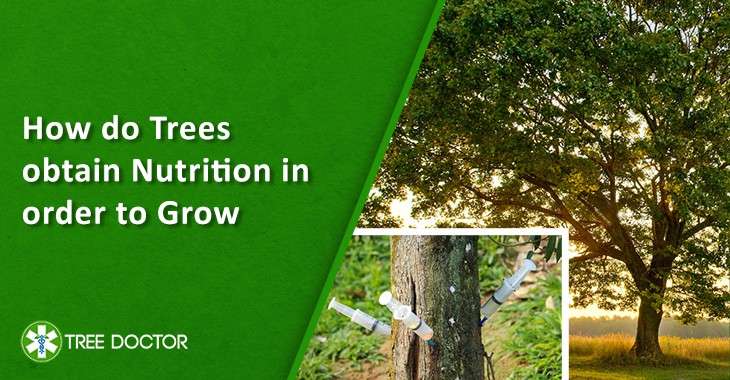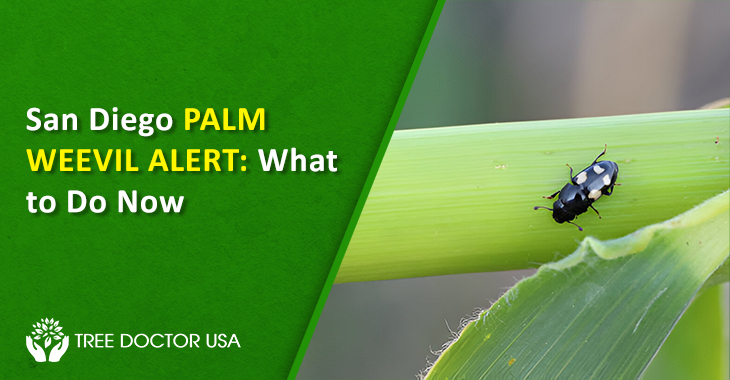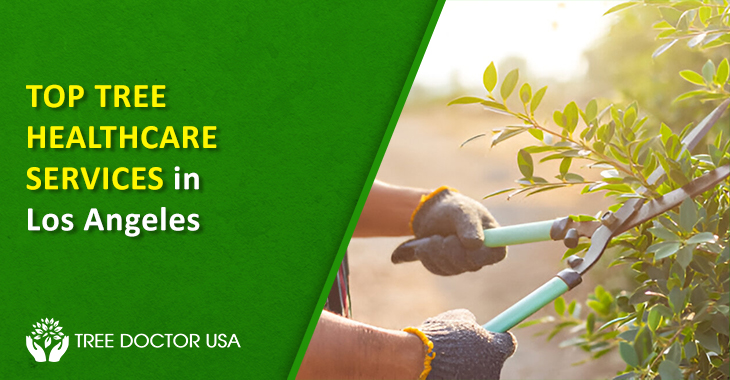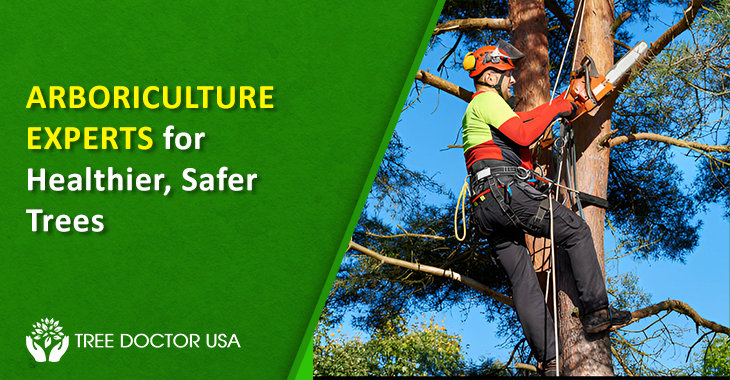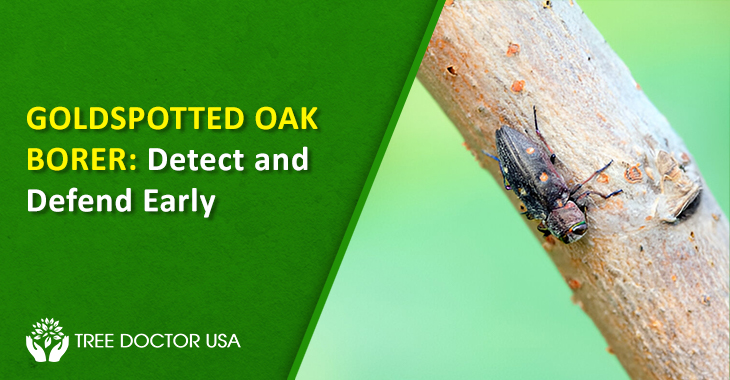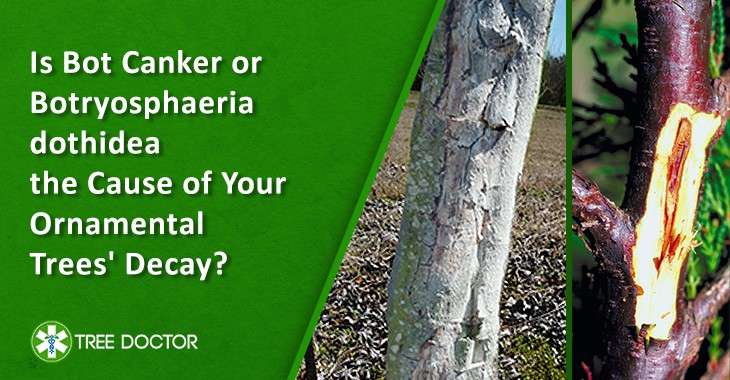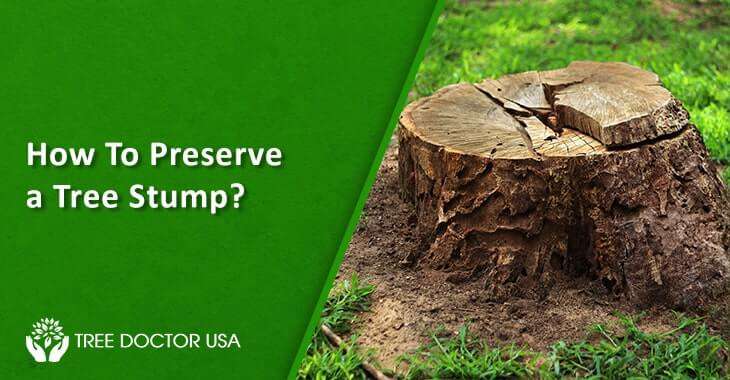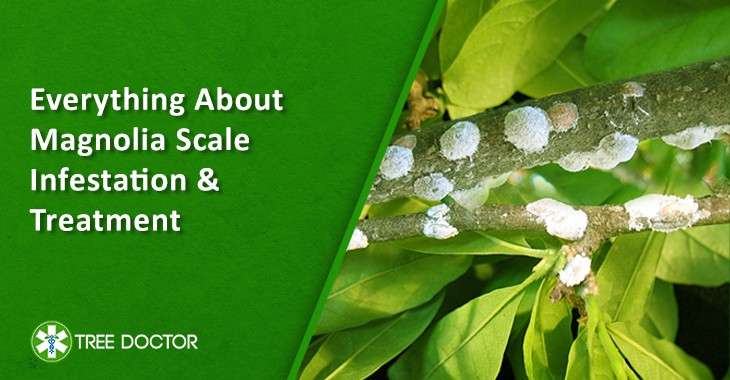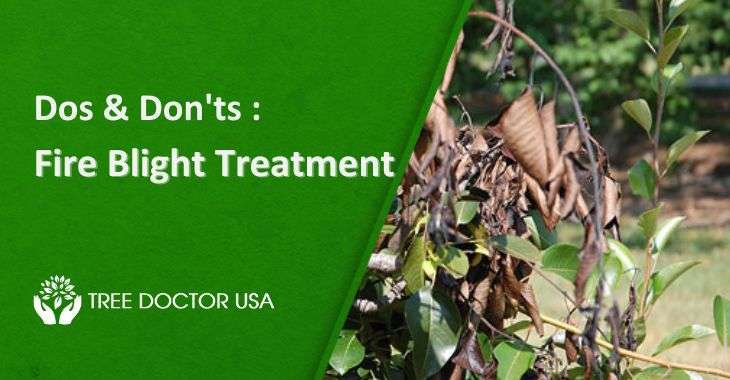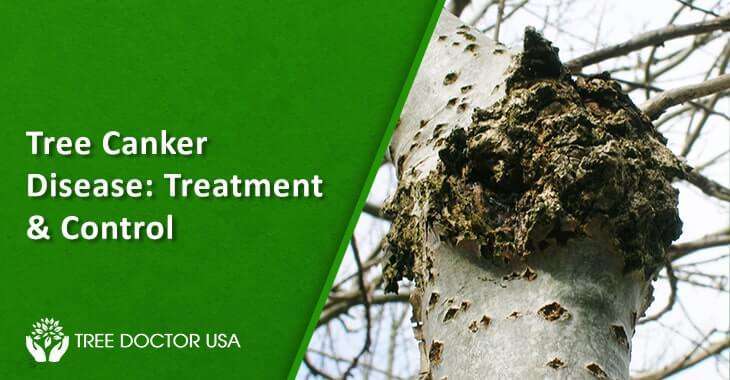How Do Trees Obtain Nutrition In Order To Grow
A tree is dependent on the soil to obtain nutrition for healthy growth and vigor. Although the requirement of Tree nutrition and fertilization may vary, they use their roots to absorb necessary nutrients, supplements, and energy for life. But do you know what trees and plants need? Let’s start with what the nutrition tree needs for growth and from where it will get.
Ways Tree Obtain Nutrition To Grow
Trees extract fluids and nutrition through their root system. Soil quality and climate play a major role in nutrition distribution. Trees draw out nutrition from healthy soil with the help of their expansive root system. The tip of the root is the one that absorbs nutrients through the root hairs. Roots have many layers, somewhat like your skin. We won’t get into the names here – it gets complicated quickly!
Root hairs are ultra-fine roots that have a large surface area, allowing them to absorb even more water. The majority of plants also partner with different fungi to absorb even more nutrients from the water in the soil.
Trees with taproots do well in dry soil because their long taproot helps them explore for water below the earth which is good for nutrient management. Trees with fibrous root systems are excellent for erosion control, all thanks to their complex root systems.
For instance, California suffers from extremely dry summers, and most farmers plant their trees during late summer or early fall. This is important so that trees get enough water and nutrients below the earth and give them enough time to grow their taproots.
Also, by planting in the fall, trees will develop a strong root system and early spring months. The more established the root system, the stronger the trees before the extreme heat and stress of summer take over.
Henceforth, trees share some of their sugars in exchange for getting useful nutrients. These relationships are most common and beneficial in poor and dry soil like in California.
Thus, multiple other layers of the root help screen nutrients and water. After that, they store and direct them through the vascular system of the plant for further use.
However, nature provides carbon-di-oxide, sunlight, and other core supplements that your tree needs. But if you think trees are self-sufficient, you are mistaken.
Why Do Trees Lack Nutrition? What Happens Due To Tree Nutrition Deficiency?
At times, the unwanted invasions and poor soil quality create a deficiency in Tree nutrition, resulting in decreasing quality and growth. There won’t be an adequate supply of nutrition for leaves, flowers, and other parts of plants. Also, imbalance in nature can hamper nutrition and sustenance to survive. What will be the results of poor soil quality, intervention in nutrient transportation, and upsetting the delicate balance of nature?
- Stunted growth
- Death of plant tissue
- Wilting or discoloration Of leaves
- The early dropping of leaves
- Mushroom growth on the trunk
- Thinning of crown
These are the symptoms of deficient tree nutrition and fertilization. So, nutrition management for trees is crucial. But do you know what nutrients your soil requires and whether it is getting what it needs or not? Continue reading to uncover all.
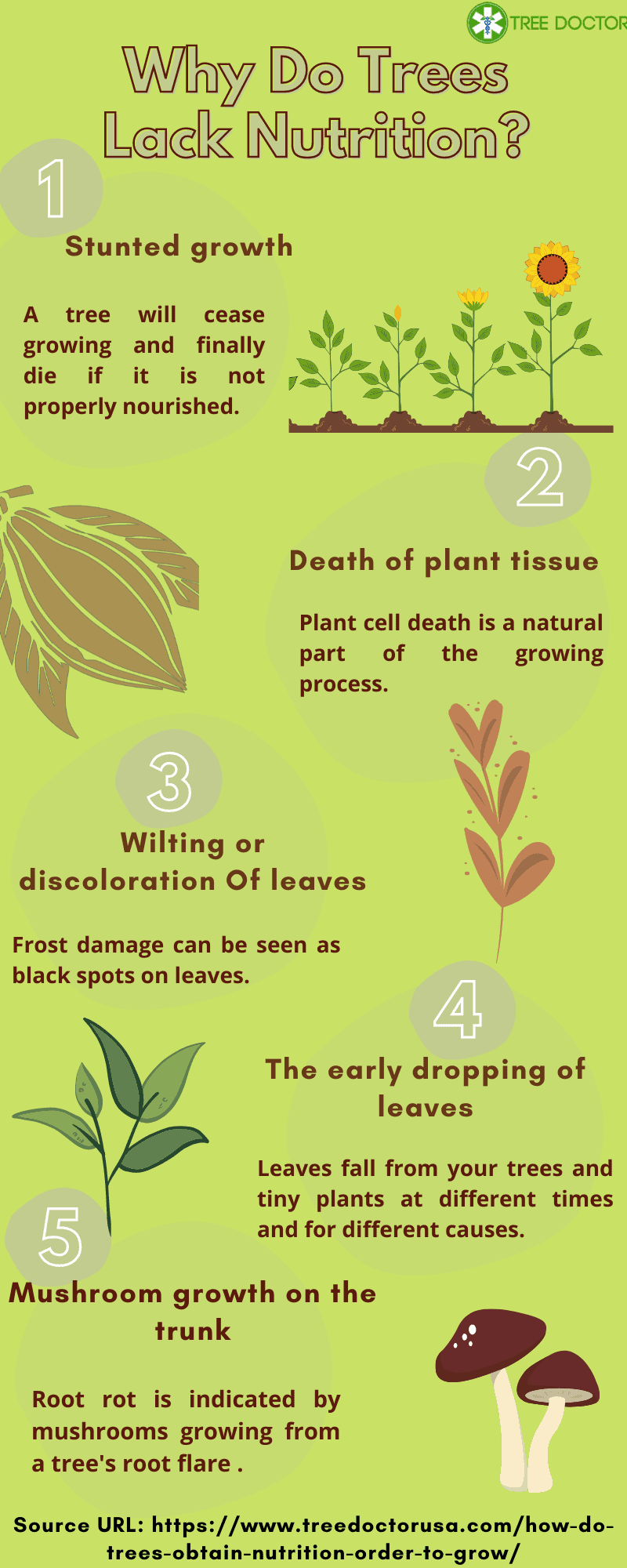
Essential Nutrients For Tree Growth
For healthy growth, trees need three categories of nutrients – macronutrients, secondary nutrients, and micronutrients. Macronutrients are:
N- Nitrogen
P- Phosphorus
K- Potassium
Trees need a substantial amount of these nutrients, and therefore, all these exist in fertilizers. Trees do not need as many secondary nutrients, such as calcium, magnesium, and sulfur. Finally, trees need very few micronutrients, including iron, zinc, copper, manganese, boron, etc.
A basic nutrient that all plants require is phosphorus. It is a vitally important nutrient for trees producing fruits. It’s vital for raising healthy trees and fruits; no matter the tree species, they need only modest amounts of it.
When a tree absorbs water and the aforementioned type of nutrients through its roots, they transfer them through the vascular system up to the rest of the plant. Water is brought up to use for photosynthesis and is also essential for the transportation of nutrients and sugars, which result in healthy leaves.
Also Read: Why Tree Nutrition And Fertilization Is Important
Precise Feeding To Plants With Professional Assistance
You may be wondering what role the application of fertilizer plays in correcting nutrient deficiencies. It goes without saying that the appropriate application of fertilizer will replace the nutrients that are missing in the soil.
The University of California-Riverside suggests adding 1-3/4 cups of phosphorus fertilizer when planting a tree. So, the tree requires another pound after every three or four years.
However, the guidance of an Arboricultural Consultant is essential for the evaluation of what a particular tree may require before applying fertilizer or any other nutrient. Many of these nutrients are easily washed away by rainfall. But using fertilizer or other soil supplements will help keep your plants happy and healthy.
Plants need nutrients to germinate, grow, fight off diseases and pests, and also for reproduction. These are needed in larger, smaller amounts for the plant to stay healthy. Some trees need nutrients that experts calibrate carefully to keep them lush and green.
As a rule thumb, it’s crucial when applying nutrients to trees to get the help of a professional because, at times, it is hard to know what tree nutrients are present in the soil.
A professional can assist by discerning whether a tree is getting what it needs by looking for outward signs that might indicate a deficiency. Some visible signs to check for are slower growth than expected, wilting and yellow leaves. A professional helper can then assist with the type of nutrients that are needed.
While these symptoms can be recognizable, there are other problems that are not so visible. When such problems happen, the tree may become more susceptible to disease, pests, and even damage from weather events, and a professional will get the job done by proving proper guidance.
They can advise the exact nutrients needed at any stage of growth for health, beauty, and even tastiness. Further, they can pick up on what trees need through various signs and indicators, diagnosing illnesses, pest issues, and nutrient deficiencies.
Takeaway
Trees absorb nutrients through the roots with the help of water and store them in other parts, like leaves which then can be used for tree fertilization. Adequate nutrients for tree growth include phosphorus, potassium, and nitrogen. But your plant needs more than NPK to survive.
Other tree nutrients which are secondary include zinc, carbon, hydrogen, iodine, calcium, sulphur, iron, magnesium, and copper. They are less important than the former. So, you need them in a smaller amount. If these important tree nutrients are missing in the soil, fertilizer and injections can be applied to improve soil texture, fertility, and water retention abilities. Calculate the required quantity of Tree nutrition for healthy growth and fulfill the absolute requirement with the help of Tree Doctors.

